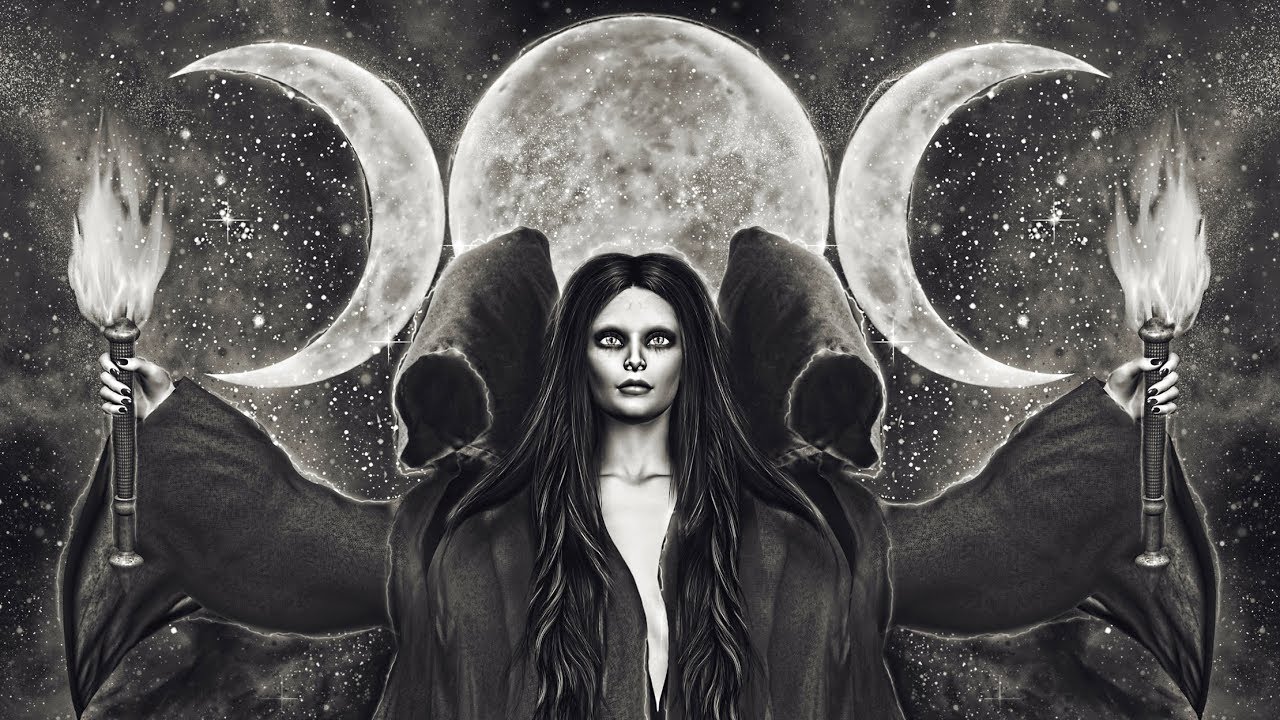Hecate: from Greek goddess to sorceress
Hecate is a very enigmatic figure, as over time her attributions have varied between positive and negative. Popularly, she is associated with the underworld, as patroness of magic and witchcraft. Her triple character has also made her to be related to the moon and the crossroads.
Who is Hecate?
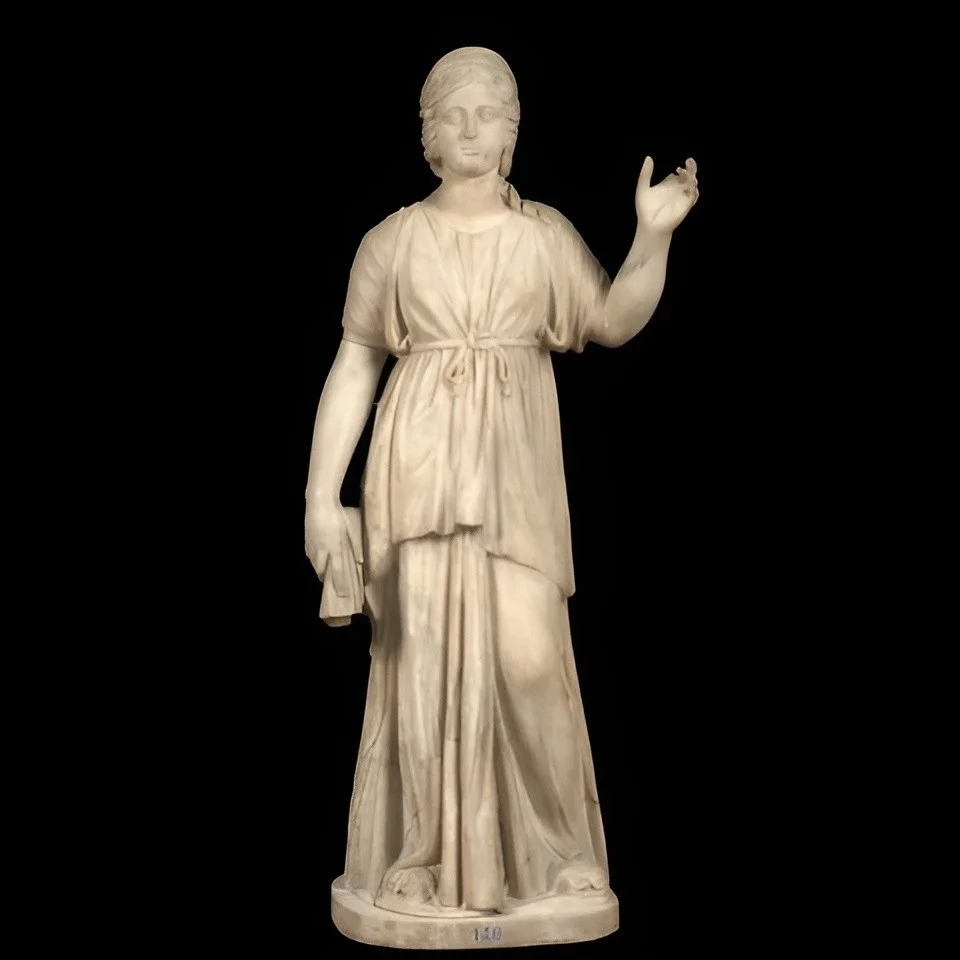
Hecate as a goddess
The origins of Hecate are rather unclear, as there are multiple claims as to where her cult arose. It is known that she arrived in Greece from Asia as a foreign goddess who quickly gained ground, but it is still debated about the exact place where her figure comes from.
Nor is her genealogy clear, as some claim that she is the daughter of Perses and Asteria, while others believe that she was sired by gods such as Zeus, Aristeus or Night.
The first reference to her is found in Hesiod’s Theogony. Written between 730 and 700 BC, it explains the birth of the gods of Ancient Greece and among them Hecate is added. There it is stated:
Asteria, when she became pregnant, gave birth to Hecate, whom the Cronid Zeus esteemed above all others and gave her as brilliant gifts to partake of the earth and the barren sea, but she also obtained part of the honor of the starry sky and is especially respected by the immortal gods. Indeed, now, whenever any of the men on earth wish to attract the favor of the gods by making beautiful sacrifices according to custom, they usually invoke Hecate. Much honor accompanies the one whose supplications the goddess benevolently accepts and grants him, in addition, happiness, since he has the capacity for it.
Among her attributes, mention is made of her ability to assist in trials, to bring success in public interventions in the agora and to help warriors to achieve victory. He can also intervene on behalf of young men who need to demonstrate strength and ability in contests.
Similarly, it helps horsemen and those who work at sea. Finally, she is able to increase herds, so she is a goddess sought after by farm workers.
However, Hesiod also emphasizes a negative aspect of her character: volatility. According to her wishes, she can grant or take away:
Easily abundant booty is granted to them by the illustrious goddess, and easily taken away, when it seems safe, when she wishes it in her mood.
Symbol of Hecate: triple goddess
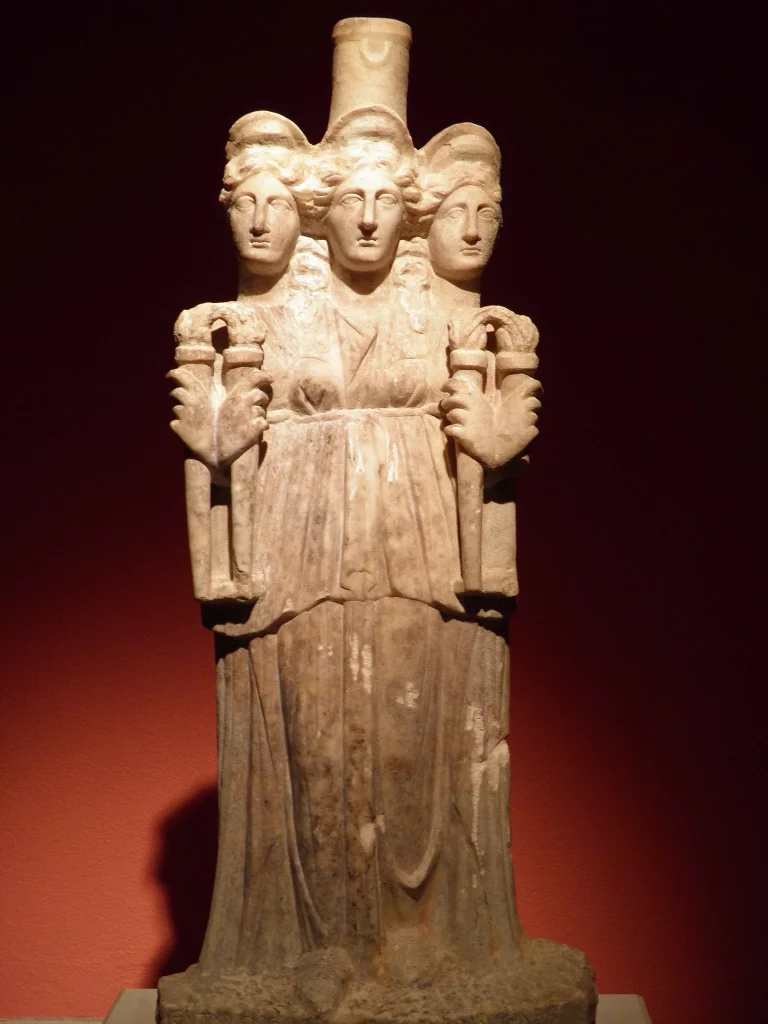
Over the years, Hecate began to be represented as a tripartite figure. In The Greek Myths, Robert Graves explains this phenomenon, since
In the most ancient Greek mythology, the sun yields precedence to the moon, which inspires the greatest superstitious awe, does not darken as the year declines, and has as its attribute the power to grant or withhold water from the fields. The three phases of the new, full and old moon recalled the three phases of maiden, nymph (nubile woman) and old woman of the matriarch.
Thus, in several representations of the period it can be seen as a woman with three faces. Later, however, she was identified with other creatures, boasting the heads of dog, snake and horse. Her triple and wild character can be found in the 3rd century in Porphyry’s Argonautics:
Hecate, shape-shifting, three-headed, dire prodigy to behold, indestructible, from her left shoulder protruded a horse with a long mane and, on her right, a dog with a furious look could be contemplated; in the middle, a wild-looking figure held in both hands swords provided with hilt.
Is Hecate good or bad?
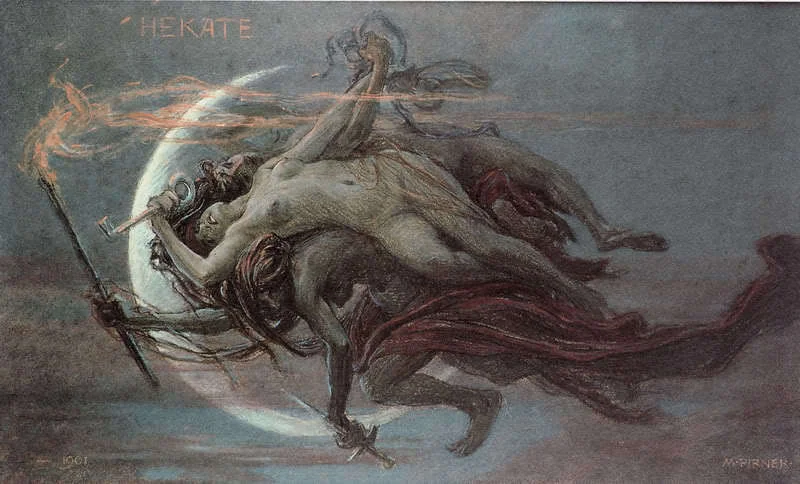
Over time, a complex image of Hecate began to emerge, as she was related to both the world of light and darkness.
The Greek philosopher Porphyry affirms the duality of the goddess in his Orphic Hymns. There he dedicates a hymn to Hecate, in which he defines her as an earthly and sepulchral being at the same time.
I invoke Hecate, protector of the roads, at the crossroads, pleasant, celestial, earthly, marine, of saffron peplo, sepulchral, and who stirs deliriously among the souls of the dead.
According to the Greek historian Plutarch, Hecate is a goddess who possesses the faculty to move freely in the lower world and on Olympus. For this reason, he compares her to the Egyptian god Anubis, associated with death and life, symbolized with the head of a dog. This is why she is often associated with dogs around her. In fact, in ancient Greece it was believed that when dogs barked in the air it was because Hecate was approaching.
In the Homeric Hymn to Demeter (610 BC) Hecate appears as a witness to the abduction of Persephone by Hades. Thus, she helped Demeter in the search for her lost daughter by lighting her way.
For his part, in The Greek Myths, Robert Graves states that Hecate is the goddess of witches and that she often spends time with Persephone in the underworld. In this way, she has the ability to enter and leave Hades whenever she pleases. There she is guided by torches, which is why the idea of the goddess as “bearer of light in the darkness” came to spread. In the play Helen (412 BC) by Euripides, the character Menelaus exclaims:
O Hecate, torch-bearer, send me favorable visions.
Thus it was that in the popular imagination she became the protector of crossroads, house entrances and temples. These spaces functioned as border points, where the transition to another plane takes place. Because Hecate possessed the virtue of moving between the two worlds, she was the most appropriate to act as a mediator and protect believers from evil spirits.
Many centuries later, Hecate was a figure taken up by William Shakespeare in some of his plays such as Macbeth and A Midsummer Night’s Dream where the character of Puck states:
This is the hour of the night when the tombs open their roaring mouths wide to let out their spectres, who glide along the path of the holy field.
And we, goblins and fairies, follow the tracks of Hecate’s triple chariot, to flee from the presence of the sun, accompanying the darkness like a dream….
In this way, the idea of a goddess who inhabits the world of the night and who has abilities that may be related to the dark began to take hold.
Representations of Hecate as a witch
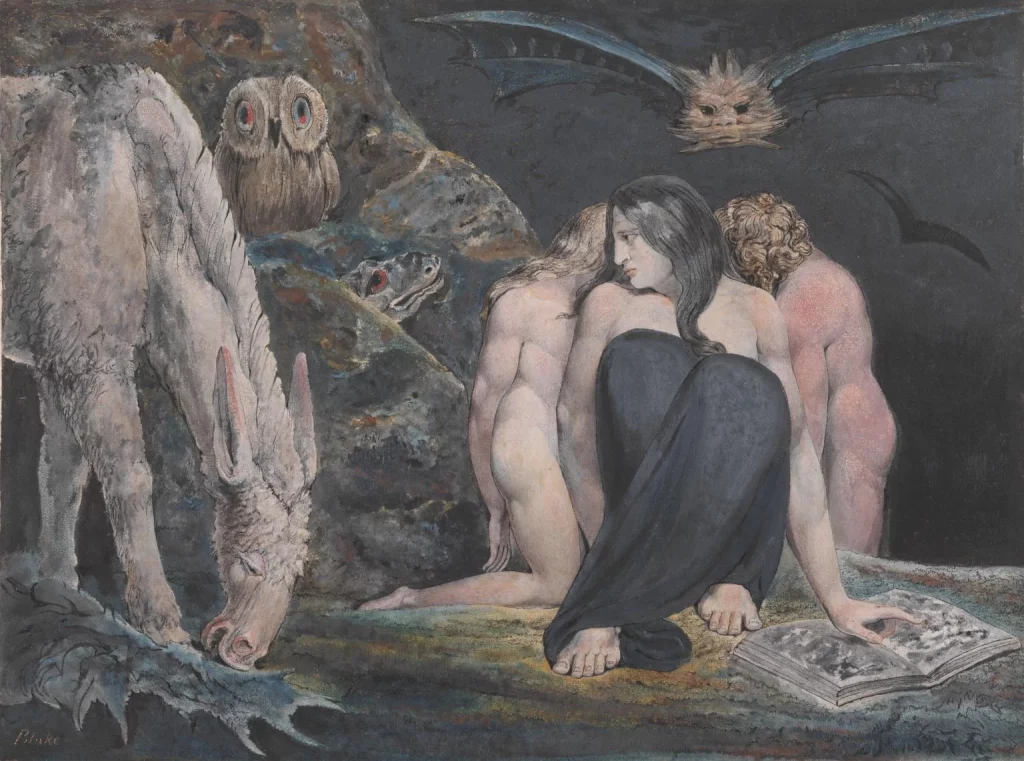
As for her cult, there are several references. In the comedy The Wasps (422 B.C.) by Aristophanes, the altars dedicated to Hecate that were found at the doors of the houses of the citizens of Athens are mentioned, since she protected and guided those who needed her.
Other sources state that not only was her image displayed, but food was deposited at crossroads or dogs were sacrificed in her honor.
The most popular mention is found in Euripides’ Medea (431 BC). The protagonist exhibits powers as a witch and considers herself a priestess of this goddess:
Nay, by the sovereign whom I revere above all and whom I have chosen as my accomplice, by Hecate, who dwells in the depths of my home, none of them shall laugh at causing pain to my heart.
Also Theocritus, founder of pastoral poetry, showed Hecate as a powerful witch. In the Idylls he mentions her in connection with a love spell:
I wish to seize him with my spells. Shine, Moon, bright: to you, very still, I will chant my incantations, goddess, and to infernal Hecate, who even to the dogs shudders when she passes between the mounds of the dead and the dark blood. Hail, hideous Hecate, assist me to the end in the preparation of these drinks, so that they may have the virtue of those of Circe, Medea and the blonde Perimede.
In his famous epic The Aeneid (1st century B.C.), Virgil presents Circe performing a magical ceremony.
And the priestess lets down her hair, with a voice of thunder she invokes the names of the three hundred gods and calls Erebus and Chaos and Hecate the trimorphe and Diana the three-faced maiden.
In a group of 4th century texts, papyri of Greek origin related to occult arts known as Supplementum Graecorum 574, Hecate is described as a woman of:
“Three faces and six hands, holding torches in these, and who on the right side of her face has the head of a cow, on the left side, of a dog, and in the center, of a girl; she wears sandals.”
The types of rites that can be performed in her honor are also mentioned there, depending on whether good or evil is sought:
For beneficial rites he burns resin, myrrh, sage, incense, a fruit stone; for evil rites, the entity of a dog and of a goat with mottled skin and, likewise, that of a prematurely dead maiden.
Contemporary vision and relationship with Wicca
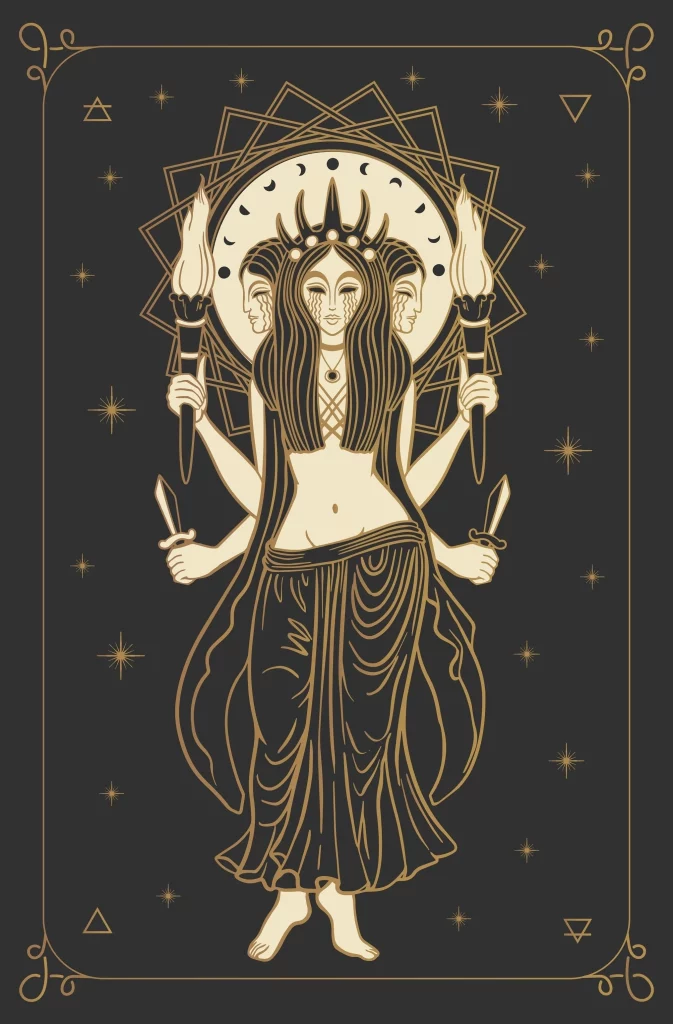
Wicca is a religious cult that emerged in the mid-twentieth century in England with the promotion of Gerald Brosseau Gardner. It is an approach to modern witchcraft and takes elements from pre-Christian pagan religions. It is therefore polytheistic and initiatory in nature.
Thus, it is based on a system of beliefs and rituals that worship a universal energy present in nature. In the 1960s, the current arrived in the United States where it took on a more feminist character focused on the spirituality of the goddess.
Due to her relationship with the moon and her ability to mediate between worlds, Hecate became one of the main divinities.
Bibliography:
Agudo Villanueva, Mario (2016). “Hecate: between life and death. Towards a global reading of the evolution of her attributes”. Meditarráneo Antiguo Magazine.
Graves, Robert. (2016) Los mitos griegos. Ariel.
Molina Martín, Celia. (2015). Hecate: paradigm of the relationship between woman, moon and magic. Complutense University of Madrid.
Ribot Reyes, Victoria, Sergio Rabell Piera and Victoria Gómez Sánchez (2020). “Wicca as a cultural phenomenon among Cuban youth”. Revista Humanidades Médicas, vol. 20, N° 3.
